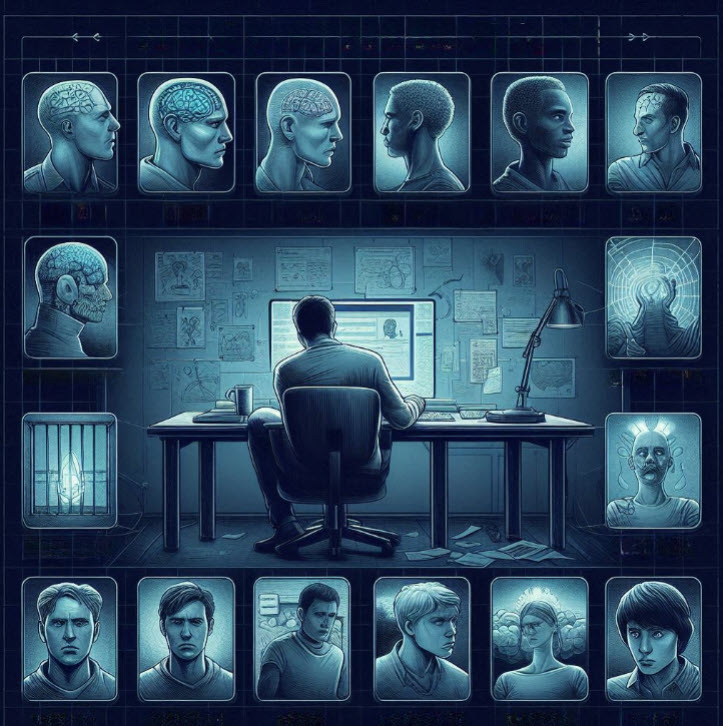
11 Psychological Defense Mechanisms and How to Recognize Them
Last updated: October 15, 2024 Read in fullscreen view
- 18 Oct 2020
 How to use the "Knowns" and "Unknowns" technique to manage assumptions 21/989
How to use the "Knowns" and "Unknowns" technique to manage assumptions 21/989 - 01 Oct 2020
 Fail fast, learn faster with Agile methodology 13/973
Fail fast, learn faster with Agile methodology 13/973 - 12 Oct 2022
 14 Common Reasons Software Projects Fail (And How To Avoid Them) 10/504
14 Common Reasons Software Projects Fail (And How To Avoid Them) 10/504 - 19 Oct 2021
 Is gold plating good or bad in project management? 7/754
Is gold plating good or bad in project management? 7/754 - 10 Nov 2022
 Poor Code Indicators and How to Improve Your Code? 7/213
Poor Code Indicators and How to Improve Your Code? 7/213 - 28 Jul 2022
 POC, Prototypes, Pilots and MVP: What Are the Differences? 6/606
POC, Prototypes, Pilots and MVP: What Are the Differences? 6/606 - 01 Mar 2023
 Bug Prioritization - What are the 5 levels of priority? 6/207
Bug Prioritization - What are the 5 levels of priority? 6/207 - 06 Feb 2021
 Why fail fast and learn fast? 6/375
Why fail fast and learn fast? 6/375 - 13 Oct 2021
 Outsourcing Software Development: MVP, Proof of Concept (POC) and Prototyping. Which is better? 6/424
Outsourcing Software Development: MVP, Proof of Concept (POC) and Prototyping. Which is better? 6/424 - 05 Mar 2021
 How do you minimize risks when you outsource software development? 5/317
How do you minimize risks when you outsource software development? 5/317 - 31 Aug 2022
 What are the best practices for software contract negotiations? 5/215
What are the best practices for software contract negotiations? 5/215 - 07 Oct 2025
 Case Study: Using the “Messaging House” Framework to Build a Digital Transformation Roadmap 5/45
Case Study: Using the “Messaging House” Framework to Build a Digital Transformation Roadmap 5/45 - 14 Oct 2021
 Advantages and Disadvantages of Time and Material Contract (T&M) 4/789
Advantages and Disadvantages of Time and Material Contract (T&M) 4/789 - 08 Jan 2024
 Ask Experts: Explicitation/Implicitation and Elicitation; two commonly used but barely unraveled concepts 4/275
Ask Experts: Explicitation/Implicitation and Elicitation; two commonly used but barely unraveled concepts 4/275 - 04 Oct 2022
 Which ERP implementation strategy is right for your business? 4/278
Which ERP implementation strategy is right for your business? 4/278 - 12 Dec 2021
 Zero Sum Games Agile vs. Waterfall Project Management Methods 4/374
Zero Sum Games Agile vs. Waterfall Project Management Methods 4/374 - 18 Aug 2022
 What are the consequences of poor requirements with software development projects? 3/242
What are the consequences of poor requirements with software development projects? 3/242 - 01 Dec 2023
 Laws of Project Management 3/249
Laws of Project Management 3/249 - 18 Jul 2021
 How To Ramp Up An Offshore Software Development Team Quickly 3/516
How To Ramp Up An Offshore Software Development Team Quickly 3/516 - 08 Oct 2022
 KPI - The New Leadership 3/557
KPI - The New Leadership 3/557 - 31 Oct 2021
 Tips to Fail Fast With Outsourcing 3/375
Tips to Fail Fast With Outsourcing 3/375 - 05 Sep 2023
 The Cold Start Problem: How to Start and Scale Network Effects 3/167
The Cold Start Problem: How to Start and Scale Network Effects 3/167 - 12 May 2024
 The Pros and Cons of the Creator Economy in the Age of AI: Opportunities, Challenges, and the Gray Zone with the Gig Economy 3/231
The Pros and Cons of the Creator Economy in the Age of AI: Opportunities, Challenges, and the Gray Zone with the Gig Economy 3/231 - 01 May 2024
 Warren Buffett’s Golden Rule for Digital Transformation: Avoiding Tech Overload 2/188
Warren Buffett’s Golden Rule for Digital Transformation: Avoiding Tech Overload 2/188 - 23 Sep 2021
 INFOGRAPHIC: Top 9 Software Outsourcing Mistakes 2/411
INFOGRAPHIC: Top 9 Software Outsourcing Mistakes 2/411 - 17 Feb 2022
 Prioritizing Software Requirements with Kano Analysis 2/280
Prioritizing Software Requirements with Kano Analysis 2/280 - 28 Dec 2021
 8 types of pricing models in software development outsourcing 2/417
8 types of pricing models in software development outsourcing 2/417 - 28 Oct 2022
 Build Operate Transfer (B.O.T) Model in Software Outsourcing 2/361
Build Operate Transfer (B.O.T) Model in Software Outsourcing 2/361 - 04 Oct 2021
 Product Validation: The Key to Developing the Best Product Possible 2/295
Product Validation: The Key to Developing the Best Product Possible 2/295 - 10 Dec 2023
 Pain points of User Acceptance Testing (UAT) 2/416
Pain points of User Acceptance Testing (UAT) 2/416 - 13 Dec 2020
 Move fast, fail fast, fail-safe 2/292
Move fast, fail fast, fail-safe 2/292 - 26 Dec 2023
 Improving Meeting Effectiveness Through the Six Thinking Hats 1/205
Improving Meeting Effectiveness Through the Six Thinking Hats 1/205 - 05 Jan 2024
 Easy ASANA tips & tricks for you and your team 1/180
Easy ASANA tips & tricks for you and your team 1/180 - 11 Jan 2024
 What are the Benefits and Limitations of Augmented Intelligence? 1/434
What are the Benefits and Limitations of Augmented Intelligence? 1/434 - 19 Apr 2021
 7 Most Common Time-Wasters For Software Development 1/525
7 Most Common Time-Wasters For Software Development 1/525 - 23 May 2024
 Mastering AI: Sharpening the Axe in the Digital Age 1/182
Mastering AI: Sharpening the Axe in the Digital Age 1/182 - 12 Aug 2024
 Understanding Google Analytics in Mumbai: A Beginner's Guide 1/84
Understanding Google Analytics in Mumbai: A Beginner's Guide 1/84 - 03 Feb 2024
 "Kham Nhẫn" in Business: A Guide to Patience and Resilience 1/149
"Kham Nhẫn" in Business: A Guide to Patience and Resilience 1/149 - 06 Mar 2024
 [SemRush] What Are LSI Keywords & Why They Don‘t Matter /131
[SemRush] What Are LSI Keywords & Why They Don‘t Matter /131 - 15 Aug 2025
 Quantum Technology: Global Challenges and Opportunities for Innovators /56
Quantum Technology: Global Challenges and Opportunities for Innovators /56 - 19 Oct 2021
 Software development life cycles /628
Software development life cycles /628 - 06 Nov 2019
 How to Access Software Project Size? /236
How to Access Software Project Size? /236 - 14 Mar 2024
 Why should you opt for software localization from a professional agency? /117
Why should you opt for software localization from a professional agency? /117 - 01 Mar 2024
 (AI) Artificial Intelligence Terms Every Beginner Should Know /280
(AI) Artificial Intelligence Terms Every Beginner Should Know /280 - 12 Mar 2024
 How do you create FOMO in software prospects? /127
How do you create FOMO in software prospects? /127
In our daily lives, we often encounter situations where people, including ourselves, use psychological defense mechanisms to hide deeper issues. Recognizing these mechanisms is not only important for understanding ourselves but also for developing empathy toward others. In this blog post, we'll explore 11 key defense mechanisms and why it's crucial to understand them.
11 Psychological Defense Mechanisms
1. Repression
Repression involves pushing painful thoughts or feelings out of conscious awareness. Those who use this mechanism often deny having any issues. They might say, “Everything is fine,” or “I’m not stressed,” even when they're clearly struggling. This form of self-denial prevents them from addressing the real source of their discomfort.
2. Denial
Denial is similar to repression, but it focuses on rejecting the existence of a problem altogether. People in denial refuse to acknowledge reality, even when it's pointed out to them. For example, if you suggest therapy to someone in denial, they might respond with, “I don’t need therapy,” or “I’m perfectly fine.”
3. Reaction Formation
In this mechanism, individuals express the opposite of what they truly feel. For instance, someone who is deeply in love with a person might act aggressively or overly critical toward them, concealing their true emotions out of fear or insecurity. Similarly, a person who is greedy might criticize others for being selfish as a way of hiding their own desires.
4. Projection
Projection involves attributing one’s own unwanted feelings or behaviors onto someone else. For example, a person who is selfish might accuse others of being selfish instead. This deflects attention away from their own flaws and creates a sense of moral superiority.
5. Displacement
Displacement occurs when emotions are redirected from a threatening source to a safer one. For example, someone who is frustrated with their boss might go home and take out their anger on their family. This "kicking the dog" scenario allows them to express their feelings without risking the consequences of confronting the true cause.
6. Fantasy
Fantasy involves escaping harsh realities by retreating into unrealistic dreams or illusions. When someone experiences constant failures, they may create elaborate fantasies of success or greatness, imagining scenarios where they possess special powers or skills. While this provides temporary relief, it ultimately disconnects them from reality.
7. Regression
Regression is when an individual reverts to childlike behaviors under stress. This can manifest in actions like thumb-sucking, nail-biting, or even excessive dependence on others for comfort. It’s a way of retreating to a time when life was simpler and responsibilities were fewer.
8. Sublimation
Sublimation channels unacceptable desires into socially acceptable activities. For instance, someone who has experienced violence might dedicate their life to helping other victims. While this can be positive, it can also indicate unresolved issues, as the person may still be struggling with their past trauma.
9. Identification
Identification occurs when a person aligns themselves with someone they admire or envy. By associating with people they perceive as successful or powerful, they gain a sense of self-worth. This behavior often shows itself through name-dropping or flaunting connections to well-known individuals.
10. Compensation
Compensation is a defense mechanism used to cover up weaknesses by over-emphasizing strengths. For example, someone who feels guilty about hurting a friend may try to "make up for it" by showering them with attention or favors. While well-intentioned, this can prevent them from addressing the real issue at hand.
11. Rationalization
Rationalization involves justifying unacceptable behaviors with seemingly logical reasons. People often use this mechanism to avoid guilt or responsibility. For instance, a parent might say, “I’m only being strict because I love you,” when in reality, they may be projecting their own anxieties or frustrations onto their child.
The Role of AI in Understanding Psychological Mechanisms
In today’s digital age, artificial intelligence (AI) and technology offer powerful tools for unraveling the complexities of human behavior. AI, combined with modern psychological techniques, can help individuals better understand their own defense mechanisms and those of others.
For example, AI-driven platforms can analyze behavioral patterns, voice tones, and even writing styles to detect signs of repression, denial, or projection. These tools can offer personalized insights, allowing people to confront hidden issues before they escalate.
AI is not just useful for self-reflection; it can also enhance our ability to empathize with others. By recognizing defense mechanisms in friends, family, or colleagues, we can offer support in a non-judgmental way, helping them navigate their psychological struggles.
Conclusion: The Importance of Psychological Awareness
Recognizing and understanding defense mechanisms is a crucial step in self-awareness and emotional maturity. Whether we use these mechanisms consciously or unconsciously, they influence how we interact with others and respond to life’s challenges. With the aid of technology and AI, we have unprecedented opportunities to delve deeper into our psychological patterns and those of the people around us, fostering empathy and emotional intelligence in a world that increasingly needs both.
In summary, developing awareness of defense mechanisms is not about “reading minds” or controlling others—it’s about cultivating understanding, compassion, and connection. This is where true personal growth begins.








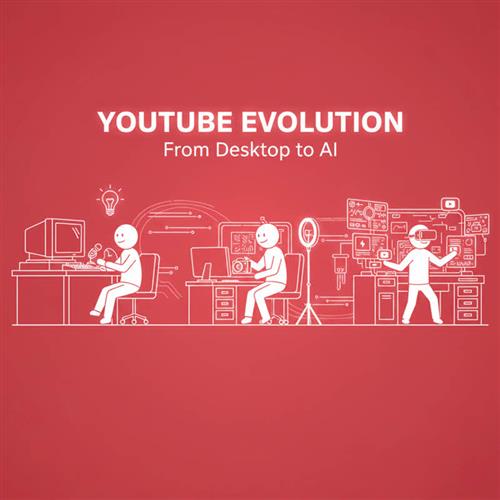





26072024043639_thumb.jpg)
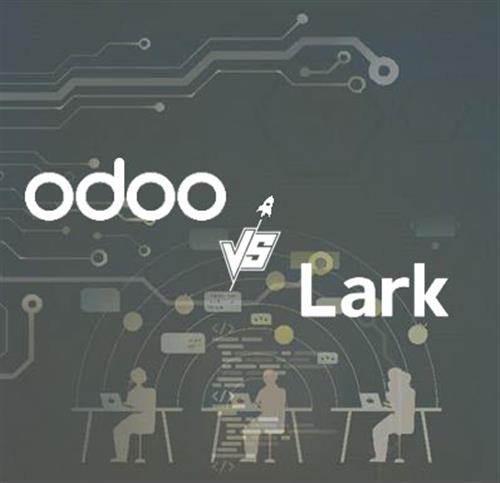
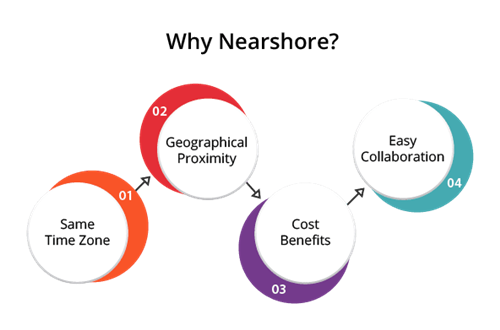








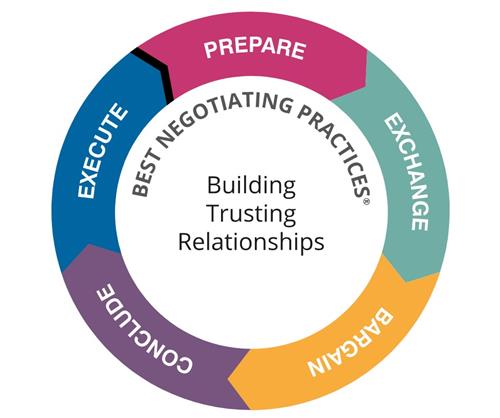









 Link copied!
Link copied!